If you are advertising on Facebook, it is important to be able to measure the impact of your ads. If you are selling anything online, then that impact is probably measured through the Revenue driven to the website from users who have interacted with your ads. But what is the best way to measure those user interactions? UTM Parameters allow you to measure specific attributes from users that have come to your website from Facebook.
What are UTM Parameters?
Most people who are tracking advertising or traffic performance use UTM parameters within a URL, or web address, in order to segment traffic for further measurement.
UTM Parameters allow us to track a lot of information about traffic coming into your site. For example, if you are running A/B tests for Headlines on Facebook Ads, we can use UTM parameters to distinguish between the different types of Content and then we can measure more metrics in Analytics than what is provided by Facebook, such as Time On Page, Pages/Session, Bounce Rate and more.
UTM Parameters Are Made Up Of 5 Different Tags. The last one listed here, Medium is the most important, all others are up to the discretion of the marketer.
Source – Lets us know the Source of the campaign.
Campaign – Provides information on the campaign used to drive traffic.
Term – Generally used to identify the keywords targeting a campaign, but can be used for other terms that help drive traffic.
Content – Usually shows the element or promotion used.
Medium – This is considered the most important tag for Universal Analytics as this determines which Channel Grouping the traffic is reported within. If you are using the Default Channel Groupings, those include the following and your Medium must exactly match the desired channel grouping (case sensitive! should always be lowercase).

If you need to attribute traffic to a different channel than what is listed here, you will need to go to the Admin panel of Google Analytics and on the far right side under Custom Channel Grouping you can create a new Channel Grouping, in which case your Medium will need to exactly match one of the Custom Channel Groupings.
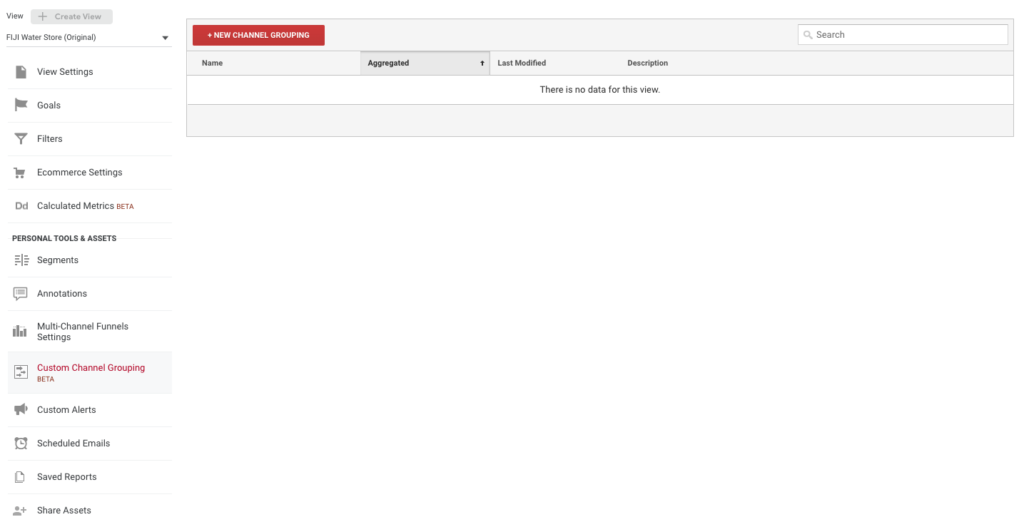
Another very important element is that Google Analytics uses different Attribution Models than Facebook Ads.
What Are Attribution Models?
Let’s imagine a scenario where someone comes to your website after viewing a Video Advertisement. They then come back to your site through a Google Search, later on from a Facebook Ad and then Directly to your site and end up purchasing a product. Which of those platforms should get credit for the purchase? Video, Google, Facebook or Direct? The answer is that it depends on the Attribution Model.

Video Ads generally use what is called “View Through Conversions” where they track anyone who has viewed the ad and then end up purchasing. Facebook and Google have a number of different attribution models you can use, but the default for Facebook is generally anyone who has viewed the ad in the last 28 days or clicked in the last day. In the above example, so long as the Click on the Facebook Ad was within the last 28 days, that would be considered a Conversion. Google usually relies on Last Click Attribution which gives credit to the last touch-point that drove a Click to the website. In the example above, Google would attribute the Purchase to the Direct visit and Facebook would not have that Revenue attributed as a Last Click Conversion in Google Analytics.
So if you want to see the impact of Facebook ads with metrics that are provided by Google Analytics, or you want to see the traffic within a different attribution model, the easiest way to do that is with UTM Parameters.
How to use UTM Parameters
Luckily, Google has made this very easy. Simply take the URL that you want to drive traffic to and go to https://ga-dev-tools.web.app/ga4/campaign-url-builder/ and input the details of your campaign (Remember, Medium must match a Channel Grouping!)
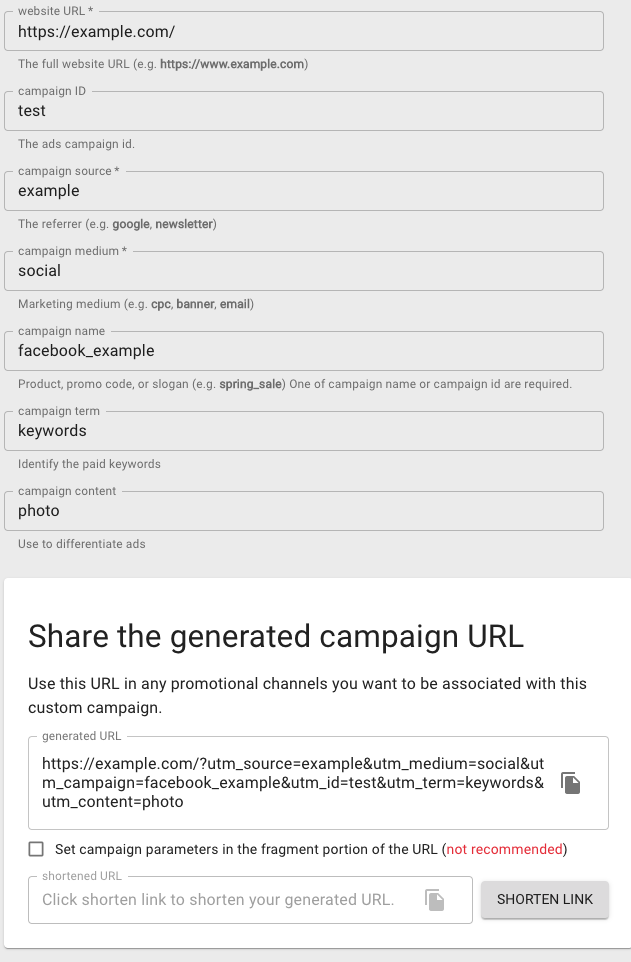
The generated URL will then be at the bottom of the page. Use that URL for the Facebook traffic that you want to track.

How to Track Revenue and ROI with UTM Parameters
Once you are driving traffic with UTM parameters, within Google Analytics you can select Primary and Secondary Dimensions that match the given parameters.
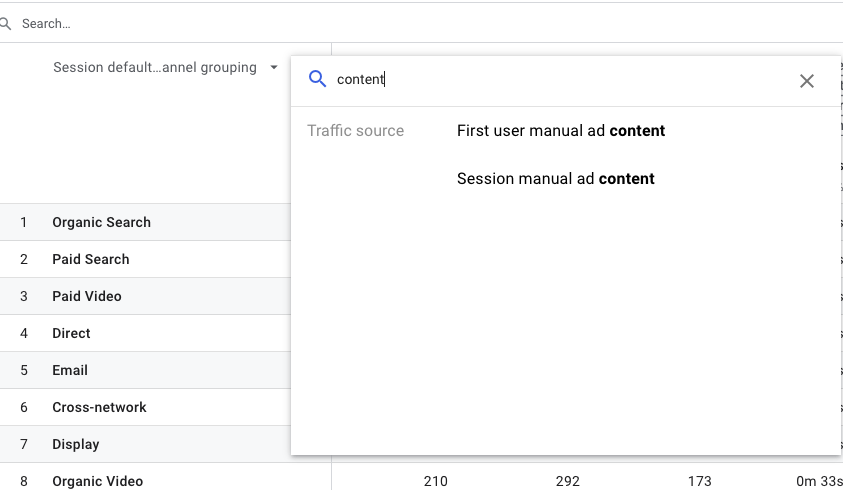
Google Analytics has additional stats around the “Path to Conversion” where you can see which Campaigns drove Conversions as the Last Click to the Website, and which ones were interacted with during the purchase process but not used as the final entry to the website before Purchase or Conversion.
Combined with the Campaign Cost from Facebook, we can measure Return on Investment for Facebook Ads with Attribution from Facebook, Google Analytics Last Click and Assisted Conversions.
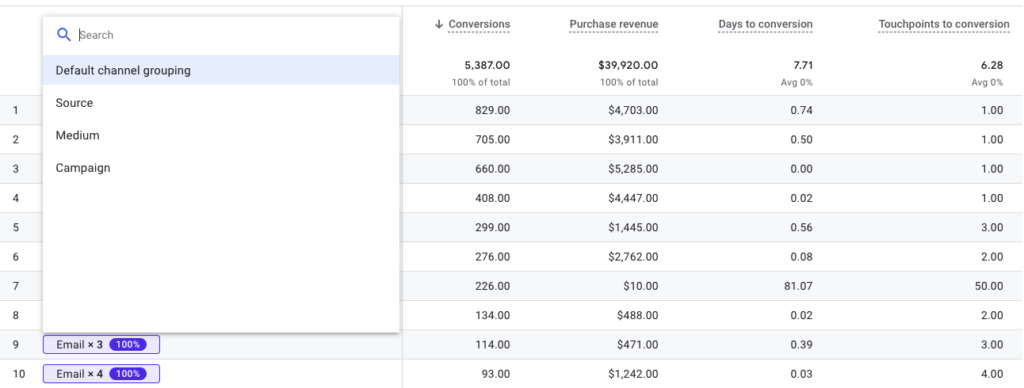
Why Tracking Facebook Revenue with UTM Parameters is Important
As mentioned above, Facebook and Google Analytics are measuring your website traffic with different attribution models. UTM parameters allow you to track Revenue in both attribution models. You have the added benefit of building audiences within Google Analytics based on website Events, such as Purchases, and those can be segmented by anything within your UTM Parameters.
So it would be possible to segment Audiences within Google Analytics based on people who come to your site from a specific ad but have not purchased, and retarget them with advertising on Google.
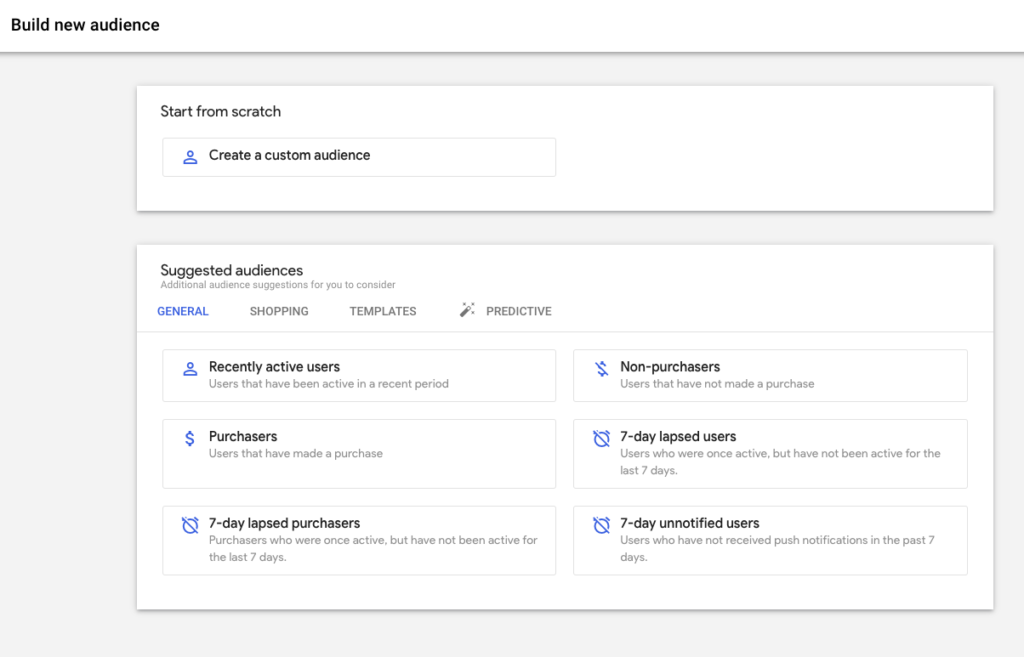
As we all know. Advertising on Facebook is relatively less expensive than on Google Ads. One strategy that allows you to maximize the cost effectiveness of Facebook with the User Intent from Google is targeting a large audience on Facebook and then Remarketing to individuals on Google.
Connect Your CRM to Google Analytics for Even Better Attribution
Google Analytics can only tell you so much if you’re not tracking the end result – revenue.
But for many businesses (especially in B2B), sales are closed outside of the website. You can only see them in your CRM.
That’s why it’s important to connect Google Analytics to your CRM. It allows you to track the return on ad spend for your Facebook Ads, as well as your other channels.
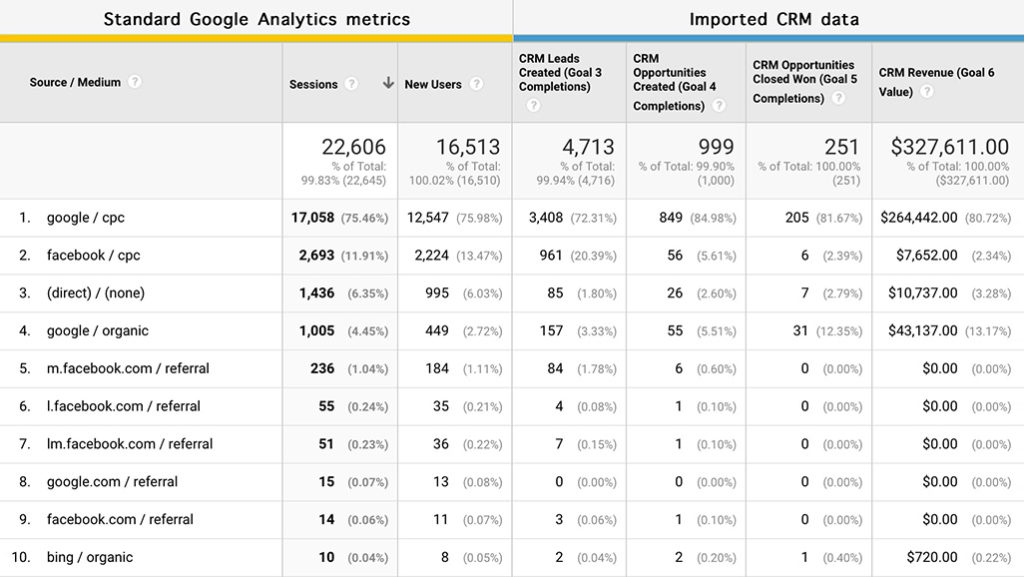
Sign up for a free 30-day trial of GA Connector here.
 By Michael Orrison
By Michael Orrison



